The Cuban Melodious Finch (Tiaris canora) for sale is also known as the Cuban Grassquit, Melodious Grassquit, Cuban Melodious Finch, Cuban Finch, Melodious Finch, Brown-cheeked Grossbeak, and Little Cuba Finch. This little finch has a black beak, face, chin and throat surrounded by a yellow crescent-shaped band, olive back, wings and tail, a black lower breast, dark grey belly, and tawny legs and feet. Juveniles appear as less defined with more brown than the hen. These spunky little finches are native to Cuba and the Isle of Pines.
Size: about 3.5 inches in length and about 0.21 ounces in weight
Life span: about 6 years in captivity
Song: Described as a ‘sweet’ song.
Sexing: Hens are significantly duller than the males. Their yellow is more brown in color, and any black areas on the cock appear more grey on the hen.
Behavior & Temperament:
Cuban finches are an active species that is generally not suitable for a cage. They are best housed in an aviary, ideally large and planted. They also have a reputation for being difficult to keep, making them uncommon outside of the collections of experienced breeders. Considerable variation in personality can exist.
Because cock birds are extremely aggressive towards each other, pairs should be housed separately (one pair per enclosure). These birds should also not be housed with any other species which sport yellow or black plumage, as this may trigger an aggressive response. Stress seems to worsen the aggression. Cuban Finches may be prone to feather plucking, especially if overcrowded. Spacious, planted enclosures are preferred to reduce aggression. Cuban Finches do not tend to destroy plantings in their enclosure.
Avoid housing these birds below 65°F, especially while breeding. Due to their ground-feeding habits, regular deworming for intestinal parasites including coccidia is recommended.
Breeding: Captive Cuban Finches will breed during the warmer spring/summer months (April/May in the Northern Hemisphere). Birds aged 2 through 4 years are best suited for breeding. Hatchlings have greyish-white down. Cuban Finches practice nest hygiene and remove the chicks’ feces from the nest. Nestlings become audible around 10 days of age and clutch size is usually between 2-4 eggs. Two to three broods are expected per season. Pairs are likely to re-use the old nest after relining it. Fledglings have bluish gape tubercles and stumpy tails. After fledging, the cock continues to feed the young for 10-14 days until they are weaned. Young should be removed as soon as they are independent so that the cock bird does not attack them, and all young cock birds should be housed separately from each other to prevent vicious fighting as they mature. When breeding they should be offered egg food and small mealworms.
Diet: A quality finch seed mix including canary seed and various millets forms the basis of the Cuban finch’s diet. Seed lacks many essential vitamins and minerals which must be compensated for by introducing other foods. Sprouting seed increases its nutritional value and is a cheap way to improve your bird’s health. Freshly grown green seed heads should also be offered frequently.
Leafy greens such as kale, bok choy, endive and silverbeet are in important part of the Cuban’s diet. Spinach can also be given, but only sparingly as it can contribute to calcium deficiency. Live food is not absolutely necessary but will be readily consumed during the breeding season. Small mealworms and termites are most frequently given.
- courtesy of thefinchinfo.com
- www.aviculturehub.com.
DNA Testing
If there is no gender option listed for a bird on our website, that particular species is ‘monomorphic’, which means we’re unable to determine gender without purchasing DNA testing. DNA testing is an additional $149 per bird to guarantee preferred gender. DNA testing may add an additional 3-6 plus weeks to estimated delivery time to allow for gender results. See our FAQs for more info.







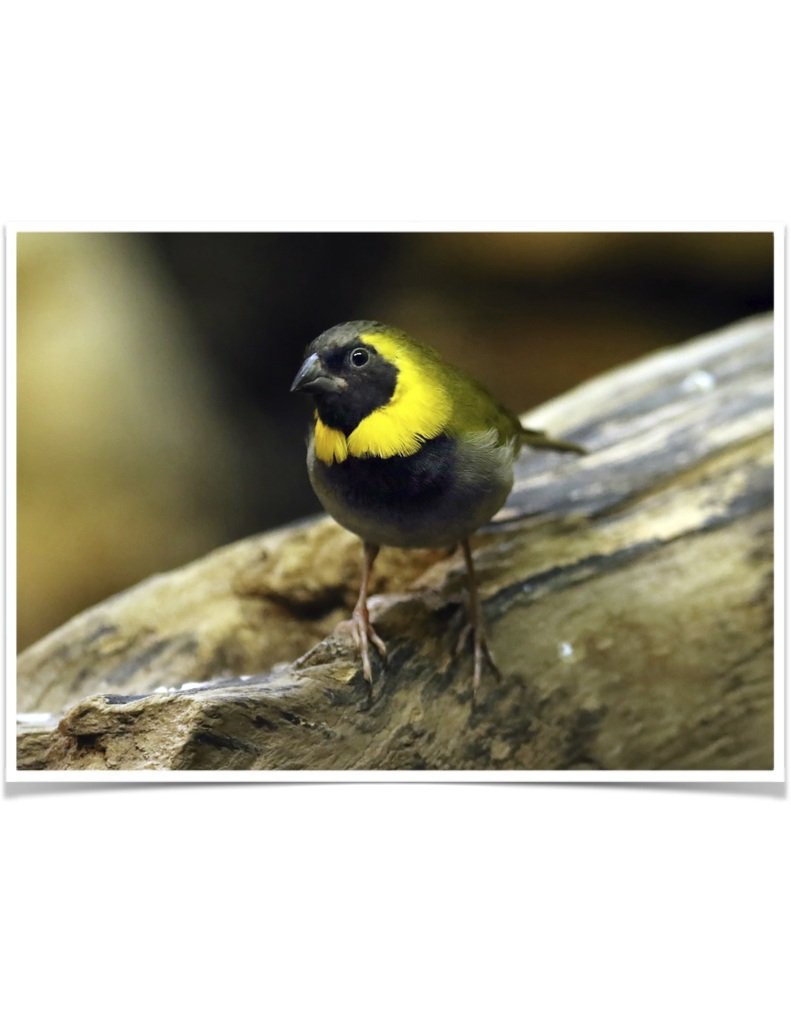
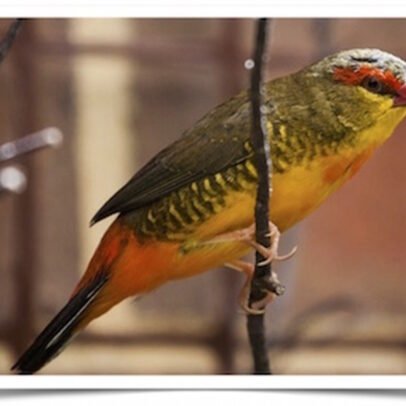

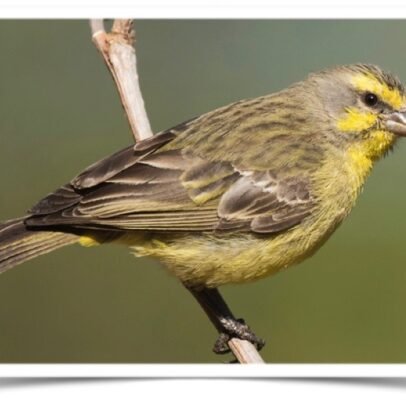

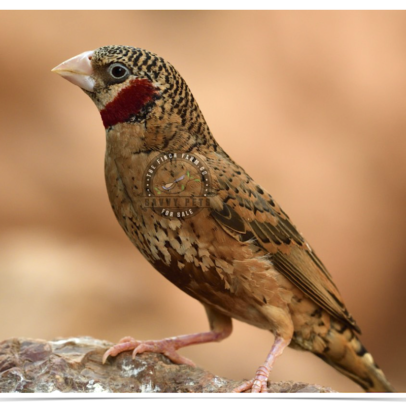
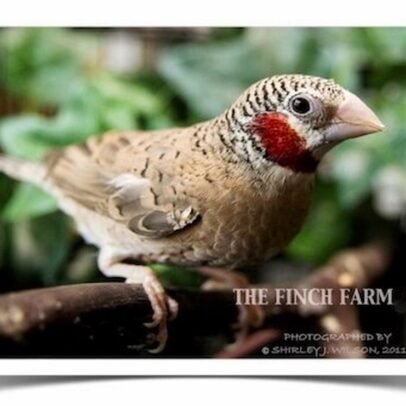


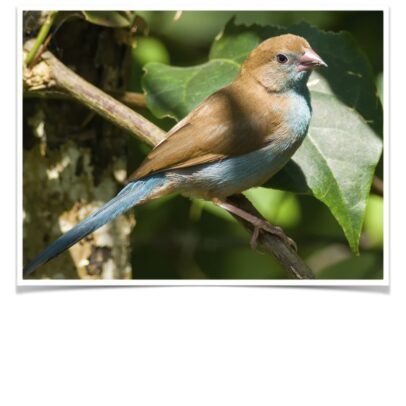


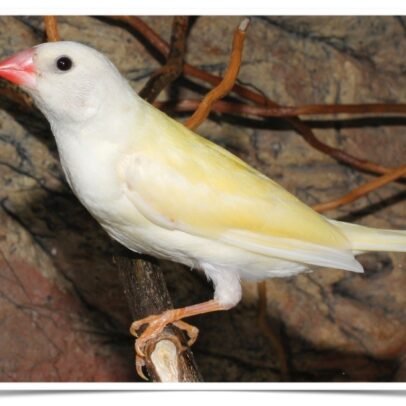
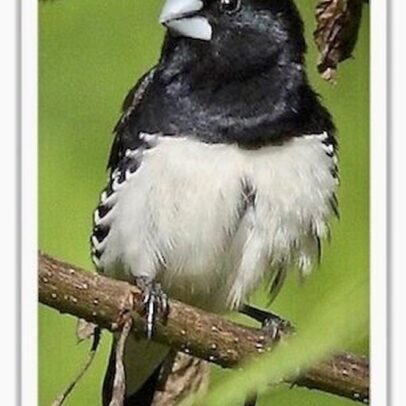

Reviews
There are no reviews yet.